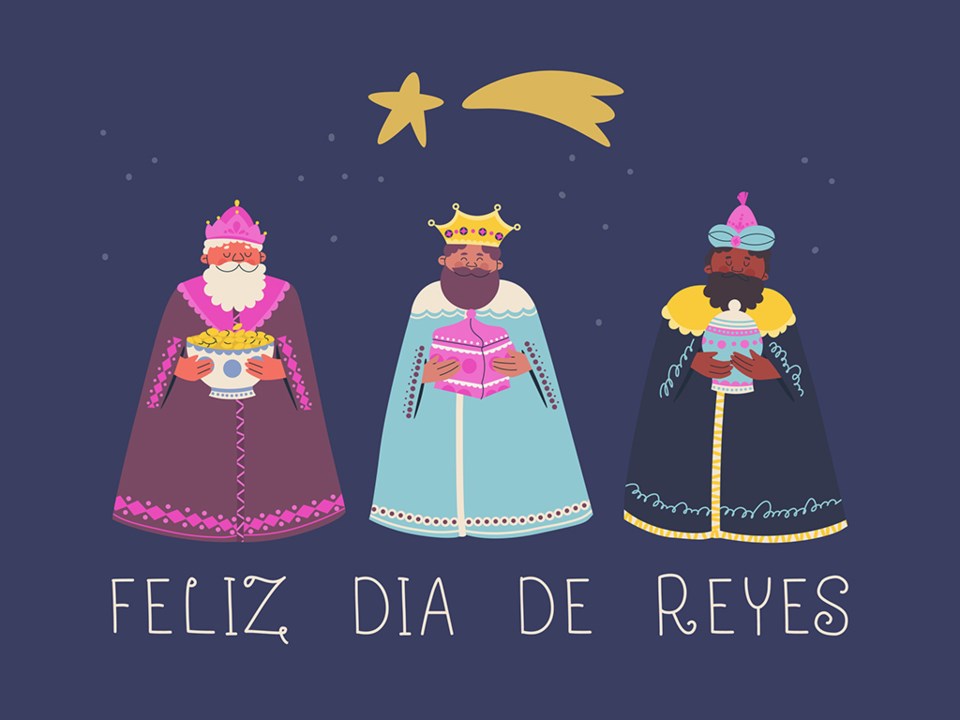Many people believe that the holiday festivities come to a close after ringing in the new year, but in fact, for the faithful, the Christmas season does not end until Jan. 6 (Jan. 12 in Eastern churches).
Jan. 6 marks the celebration of the Epiphany, sometimes referred to as Three Kings Day, Little Christmas, the Baptism of Jesus, and Día de los Reyes. The Epiphany is celebrated 12 days after Dec. 25. In fact, that is where the phrase the Twelve Days of Christmas, and the song of the same name, originated.
Christians believe that the real celebration of the holiday season does not begin until Dec. 24 and then continues through Three Kings Day. While the four weeks preceding Christmas, also known as Advent, are supposed to be times of reflection and prayer in anticipation of the birth of Jesus Christ, the 12 days of Christmas are times of great celebration. On the Epiphany, children may leave their shoes out for presents in a similar fashion to the way stockings are hung. Gifts are exchanged, reminiscent of the three gifts the magi presented to the Christ child of gold, frankincense oil and a resin called myrrh. The gold represented Christ’s royal standing. The frankincense marked Christ’s divine birth. Finally, the myrrh stood for Christ’s mortality.
Many celebrants will bake ring-shaped cakes in which they will hide plastic baby figurines that are meant to symbolize Jesus Christ. The cake is called The Kings Ring, or Rosca de Reyes.
In Latin America, the three magi are more prominent figures than Santa Claus and are greatly revered by children and adults alike. Until the 19th century, the Epiphany may have been considered more important than Christmas day. However, those tides have largely shifted outside of Latin America and areas dominated by large populations of people who have Latin American heritage.
Christmas and New Year’s garner considerable attention during holiday celebrations, but Three Kings Day also is an important date on the calendar for faithful Christians.




